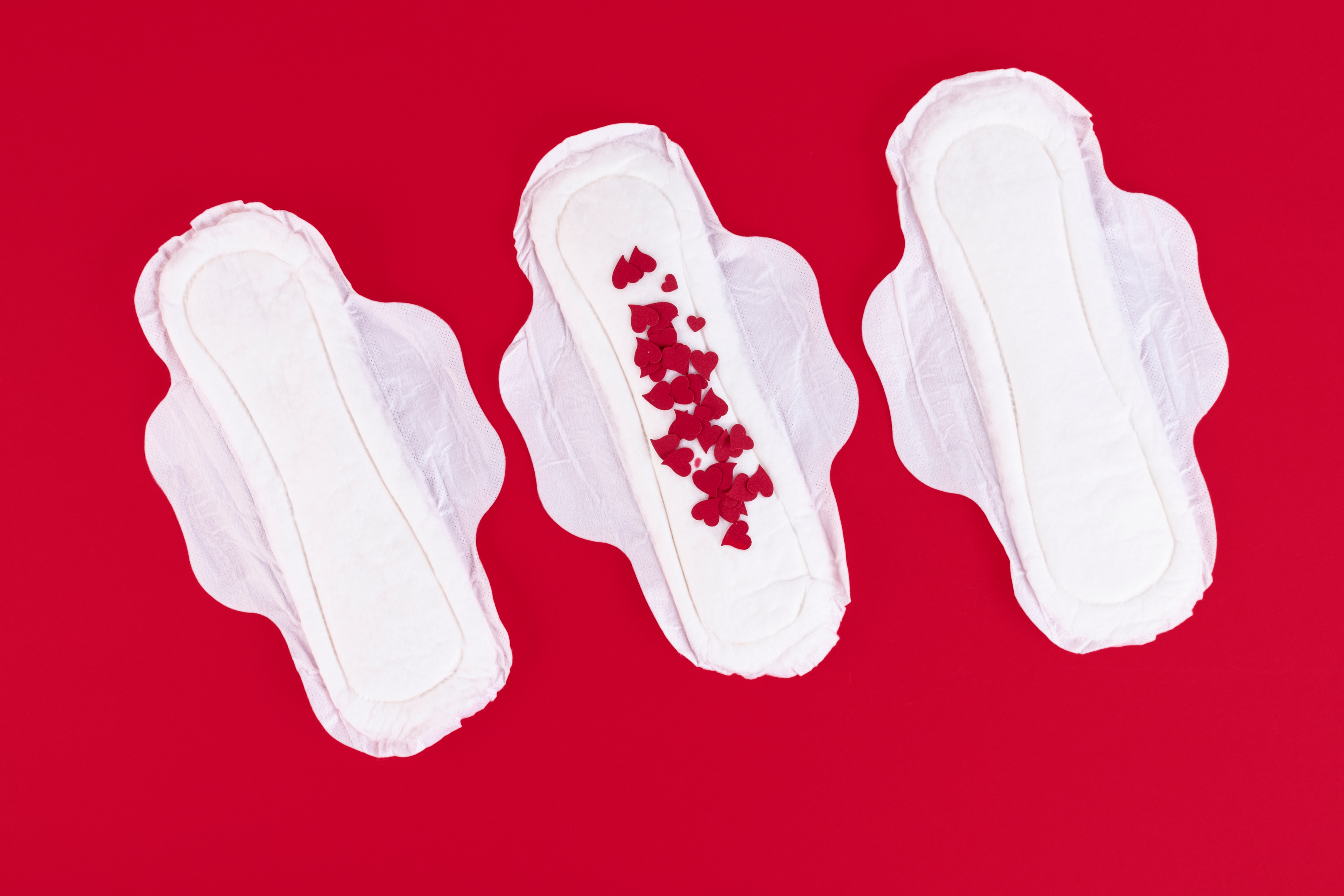PMS Symptoms vs Pregnancy Symptoms


The symptoms of PMS often resemble early pregnancy symptoms.
Premenstrual syndrome (PMS) develops very close to the menstrual phase (periods). It is a very common condition; according to various studies, 40-90% of women experience PMS in their reproductive years.
The symptoms of PMS can be very similar to the signs of early pregnancy. However, its symptoms disappear as soon as the menstruation period starts, but pregnancy symptoms will persist for long.
Some symptoms are closely related in both situations, while others are different.
How to know if the symptoms are related to early pregnancy or PMS? Let's understand some key signs and note how they differ in both situations.
Changes in breast tissues are noted in both pregnancy and PMS. The most common symptoms are;
Heaviness
Swelling
Bumps in breast tissues
Tenderness
Increased sensitivity
Breast pain

What's the difference?
The symptoms are common, however, in the case of PMS, these symptoms are transient and disappear as soon as menstruation starts. While, in the case of pregnancy, the breasts become heavy and tender, and the area around the nipples becomes sore and stingy. Sometimes, the blue veins become noticeable on the surface of the breasts. These symptoms start from the 1-2 weeks of conception and persist in some way or the other till childbirth.
In short, no periods occur during pregnancy, and pregnant women will continue to experience these symptoms for a long time.
Bleeding is an important sign of menstruation. However, some bleeding can also occur during early pregnancy as the fertilised egg attaches to the uterus (conception).
What is the difference?
Bleeding or spotting is not expected in PMS. However, as soon as the periods start, heavy bleeding can be noticed that can last for up to 7 days.

In pregnancy, the pattern of bleeding is different. In some people, the first sign of pregnancy is usually light spotting or Vaginal bleeding, which is dark brown or pink in colour. The bleeding volume is generally less than that in normal periods and is noticed after 1-2 weeks of conception. This spotting lasts only a few days and is less in quantity than in PMS or periods.
Mood swings are related to hormonal changes in the body. Mood changes are also related to the fluctuations in the levels of oestrogen and serotonin (a chemical in the brain) in the later stages of the oestrous cycle.
What's the difference?
Feeling irritable and moody is normal during PMS. Anxiety and crying spells are also very common. However, these symptoms are transient in the PMS and go away as soon as the periods start.

In pregnancy, the mood swings continue as long as the pregnancy persists. Sometimes, the symptoms persist after the end of pregnancy. Emotional disturbances, excitability, and momentary urge to cry and sadness will go and pass.
However, remember that these symptoms are also noticeable in the case of chronic depression. Talk to your doctor if you are feeling depressed for a long as it can cause complications during pregnancy.
Several factors, e.g., nutritional deficiencies, increased sense of taste and smell and hormonal fluctuations can result in food cravings during PMS and pregnancy.

What is the difference?
Eating habits change during PMS. You can develop more likeness for salty foods, sugars, carbohydrates, sweets, chocolate etc. You can also develop a type of nervous appetite. These feelings are also common in pregnancy but are not as pronounced as in PMS. The food cravings in pregnancy are more specific than in the PMS.
Pica- a more pronounced feature of pregnancy
In addition to cravings, you can also develop dis-likeness for certain smells and foods, and these feelings persist throughout pregnancy. You can also build pica during pregnancy, a habit in which you chew non-nutritional items, e.g., pieces of metal, dirt, paint flakes etc. According to a 2020 study published in the Nursing Open (an impact factor journal), almost half of the women (47.5%) experience pica during pregnancy.
It is due to nutritional deficiencies and the disturbing sensation of taste. It is less common in PMS. You need to consult a nutritionist or general physician.
Female fertility is closely linked to nutrition. To learn more, click here.
Fatigue is a common feature in many reproductive issues of women. Pregnancy and PMS are no different.
PMS vs pregnancy
Troubled sleep, tiredness and fatigue are common signs of PMS. However, these symptoms disappear as soon as the periods start. Regular exercise can help to manage these symptoms.

Similarly, a higher progesterone level also causes fatigue and tiredness during pregnancy. These symptoms last throughout pregnancy but are more pronounced in the first trimester. A good diet and healthy sleep can help you to manage these issues.
Constipation is due to changes in bowel movements during pregnancy and PMS.
What is the difference?
The increased progesterone level causes constipation in the later phases of the menstrual cycle (menstrual cramps). The higher progesterone level slows down bowel movements, leading to constipation. However, the levels of progesterone begins to fall as soon as the periods start. So, you will find relief from constipation.
However, progesterone remains high throughout pregnancy, particularly in the first 2 trimesters. So, constipation stays for longer in pregnancy unless treated.
Cramps in the lower abdomen are related to the contractions of the uterine wall, which occur due to hormonal changes.
What is the difference?
Early menstruation cramps (Dysmenorrhea) occur in the premenopausal phase 24-48 hours before periods. This issue begins to subside during the periods. However, the kinks in the premenopausal stage decline in intensity with age. However, some women will note more cramps during menopause.
Mild to moderate cramping is also possible in early pregnancy. The early pregnancy cramps are more focused towards the lower back or, the lower abdomen. If these cramps are severe during the pregnancy, it could be a sign of worry, particularly if you have a history of abortions. You need to consult the doctor if these cramps are accompanied by watery discharge and bleeding and are not subsiding.
Visiting the doctor or a home pregnancy test at home is enough to rule out PMS. However, some symptoms are more commonly reported in pregnancy than in PMS. These include;
Missed periods
Nausea (although it is often experienced in the premenopausal phase, is not included among the PMS symptoms.
The enlargement and darkness of the areola, the coloured area around the nipples
Many symptoms are common with PMS and early pregnancy. However, the symptoms of pregnancy last much longer. The best option to find the cause of symptoms is the pregnancy test. You need to carry out the test as early as possible to identify the cause of these symptoms. However, it is time to see a doctor when the pregnancy test is negative, and the symptoms persist longer.

If you want to know if your symptoms are due to pregnancy or PMS, our Pregnancy Process Blood Test kit can help you to know. Click here to place your order. Another test kit detects pregnancy by detecting the hCG in the blood. Click here for more details.
For online consultation in case of any issue, click here.
To view our information pages about sexual health, click here.
Plus get the inside scoop on our latest content and updates in our monthly newsletter.